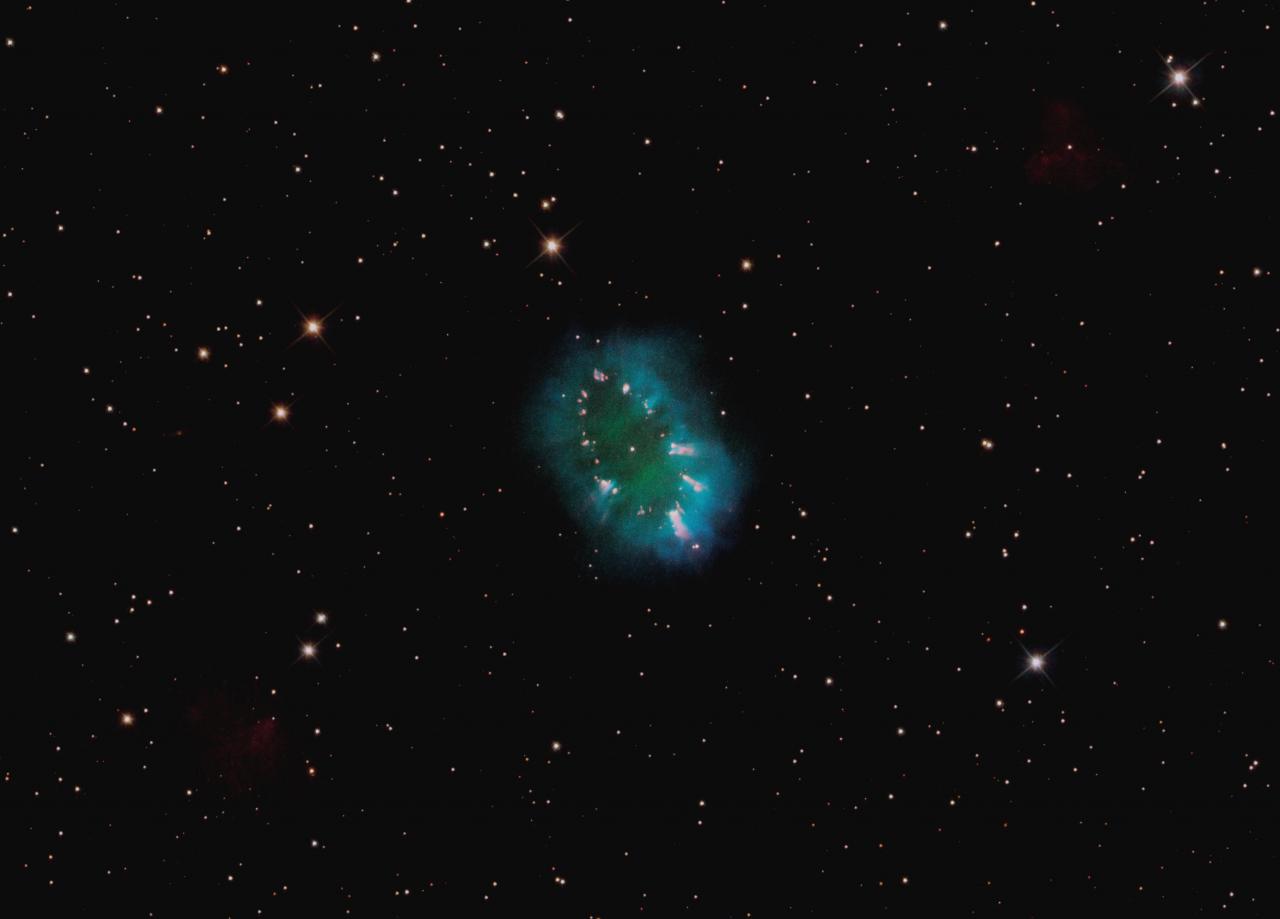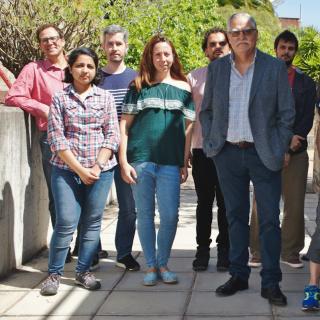Subvenciones relacionadas:
General
Nuestro proyecto persigue tres objetivos principales: 1) Determinar las condiciones físico-químicas de las nebulosas planetarias con geometría bipolar y de las nebulosas alrededor de estrellas simbióticas. El fin es entender el origen de la bipolaridad y poner a prueba los modelos teóricos que intentan explicar la morfología y la cinemática nebular, con especial énfasis en los modelos con estrellas binarias centrales. 2) Estudiar las microestructuras de baja excitación en las nebulosas planetarias, su origen (en relación con el proceso de formación de la propia nebulosa), sus propiedades físico-químicas y su interacción con el gas nebular. 3) Descubrir y estudiar nuevas nebulosas planetarias galácticas y extragalácticas. La meta es analizar sus propiedades físico-químicas e investigar los gradientes de composición química a lo largo de los discos galácticos.
Miembros
Actividad científica
Publicaciones relacionadas
Charlas relacionadas
No se han encontrado charlas relacionadas.Congresos relacionados
No se han encontrado congresos relacionados.Noticias
No se ha encontrado ninguna noticia relacionada.



